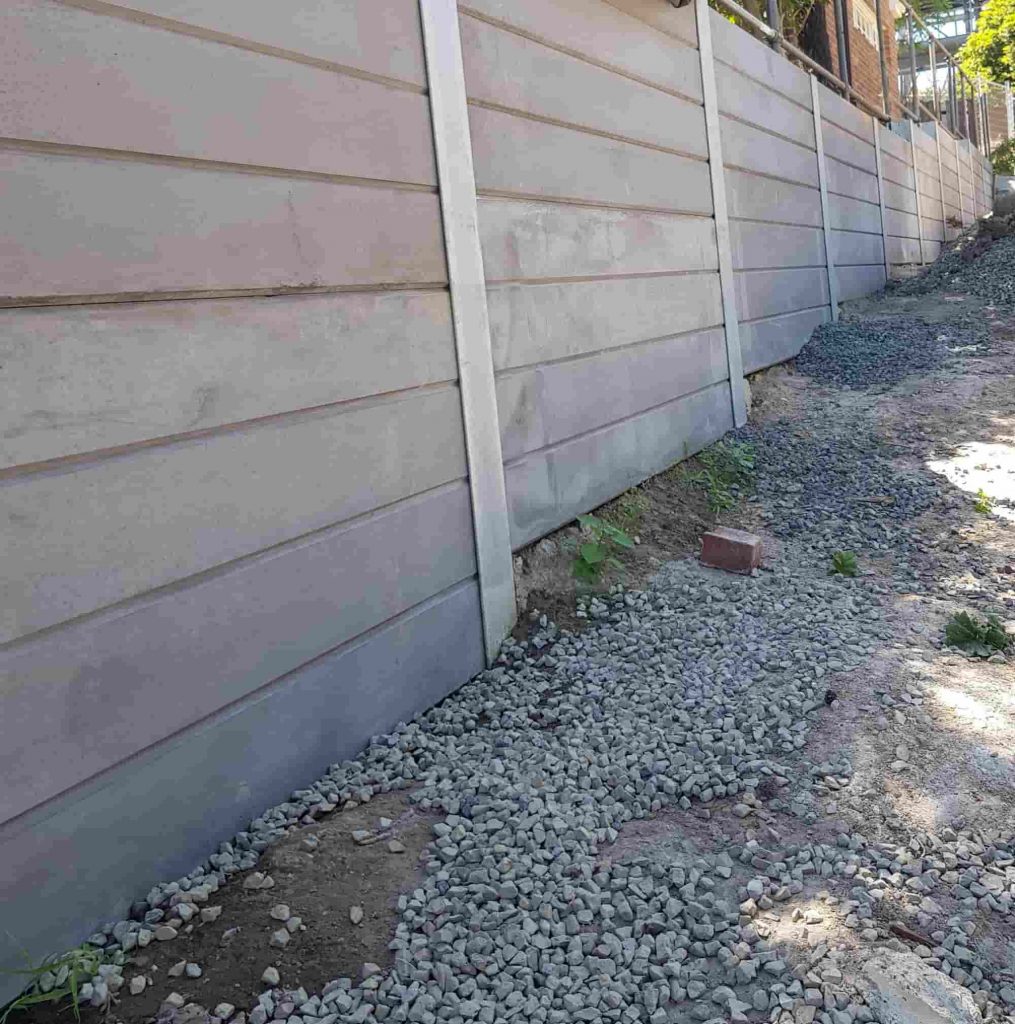Introduction: Building a Greener Future with Keeping Walls
In today's world, where environmental issues are at the leading edge of societal discussions, it's vital to check out how various industries contribute to sustainability. Retaining wall builders stand as pivotal gamers in this narrative. Through ingenious materials and eco-conscious practices, they are improving landscapes while reducing their ecological footprint. This post looks into the myriad ways modern-day keeping wall installers are adopting environmentally friendly techniques, guaranteeing that building does not come at the cost of our planet.

Spotlight on Eco-Friendly Practices by Modern Retaining Wall Builders
Understanding Eco-Friendly Practices in Construction
Eco-friendly practices refer to techniques and techniques that intend to reduce environmental harm. In the context of keeping wall building, these approaches consist of the use of sustainable materials, waste reduction methods, and energy-efficient procedures. But why should retaining wall home builders appreciate being eco-friendly? The response is basic: sustainability not only benefits the environment however likewise boosts their reputation and business prospects.
The Role of Retaining Walls in Landscape Management
Retaining walls serve numerous functions beyond aesthetic appeals; they play a vital function in managing soil disintegration and water drainage. By implementing eco-friendly practices, retaining wall contractors can improve these functions while decreasing their impact on the environment.
Sustainable Materials: The Heart of Eco-Friendly Construction
Concrete Sleepers: A Resilient Option with Less Impact
Concrete sleepers are a popular choice amongst retaining wall builders due to their resilience and versatility. They're often made from recycled products, which helps reduce waste. Utilizing concrete sleepers reduces the need for timber, preserving forests and contributing positively to the ecosystem.
Timber Sleepers: Sourcing Responsibly
While wood sleepers like H beam, wood sleeper, or timber sleeper deal natural beauty and strength, sourcing them properly is vital. Builders should ensure that wood comes from sustainably managed forests. This commitment not just preserves biodiversity but also supports regional economies.

Stone: Nature's Ageless Resource
Stone is another product extensively used in maintaining walls. Its lasting nature means less replacements with time, making it an environmentally friendly option. Plus, when sourced in your area, it lowers transportation emissions significantly.
Innovative Strategies Utilized by Modern Builders
Green Engineering Concepts in Design
Modern retaining wall installers leverage green engineering concepts to develop designs that blend flawlessly with nature. This method guarantees that structures support natural environments instead of disrupt them.
Use of Geosynthetics for Soil Reinforcement
Geosynthetics are artificial products that enhance soil stability without invasive excavation techniques. By utilizing geogrids or geomembranes, contractors can decrease land disruption and promote natural plants development around keeping walls.

Minimizing Waste During Construction
Prefabrication Techniques
Prefabrication permits building elements off-site before transferring them for assembly at the last place. This approach significantly lowers waste created during conventional construction processes.
Recycling Materials
Many modern maintaining wall contractors prioritize recycling materials whenever possible. For instance, leftover concrete can be repurposed into aggregate for brand-new tasks or even recycled in landscaping features.
Energy Performance in Building Processes
Sustainable Equipment Choices
The machinery used by retaining wall contractors can have a significant influence on energy usage. Opting for fuel-efficient devices or electric machinery can significantly lower carbon emissions throughout construction.
Integrating Native Plant Species
Integrating native plant species around keeping walls assists restore local ecosystems while offering visual appeal. These plants need less water and maintenance than non-native types, making them a sustainable option for landscaping.
Community Engagement: Educating Clients About Sustainability
Educating customers about environmentally friendly practices promotes a culture of sustainability within communities. When customers comprehend the benefits of environmentally conscious choices-- like selecting concrete sleepers or stone-- they're most likely to buy sustainable solutions.
Certifications and Standards for Sustainable Practices
Many organizations offer certifications that recognize sustainable building practices within the industry. Examples include LEED (Leadership in Energy and Environmental Design) accreditation, which encourages contractors to follow strict ecological standards.
Case Studies: Effective Implementations of Environmentally Friendly Practices
Examining successful jobs can https://tuffstuffretainingwalls.com.au/ inspire others within the market to adopt comparable practices. For example:
- A project using recycled concrete sleepers demonstrated expense savings together with environmental benefits. Another case highlighted how utilizing native plants boosted biodiversity around newly built keeping walls.
Economic Benefits of Eco-Friendly Retaining Wall Solutions
Investing in eco-friendly options might have an upfront expense but results in long-lasting cost savings through decreased upkeep needs and increased property worth due to enhanced landscape aesthetics.
Overcoming Obstacles in Adopting Eco-Friendly Methods
Despite increasing awareness about sustainability, some obstacles persist:
Higher Preliminary Costs: Sustainable products may have higher preliminary costs. Limited Availability: Not all regions have simple access to sustainable resources. Client Resistance: Some clients may prioritize cost over sustainability initially.However, educating customers about long-lasting benefits can help overcome these objections.
FAQs About Eco-Friendly Practices by Modern Retaining Wall Builders
What products are best for environment-friendly keeping walls?- Sustainable alternatives consist of concrete sleepers made from recycled material, responsibly sourced lumber sleepers, and locally sourced stone.
- Look for professionals who display experience in sustainable practices and have relevant certifications or positive evaluations concerning their ecological efforts.
- Yes! Many federal governments provide tax credits or rebates for eco-friendly building jobs that promote sustainability.
- Absolutely! Native plants are adjusted to local environments and soils; they typically require less water and maintenance compared to non-native species.
- Effective waste management through recycling techniques decreases garbage dump contributions and promotes resource efficiency throughout construction projects.
- Yes! Existing structures can frequently be updated by adding sustainable landscaping features or utilizing greener materials when repair work are needed.
Conclusion: The Course Forward Towards Sustainable Retaining Wall Construction
As we've explored throughout this article, modern-day maintaining wall contractors hold significant capacity to affect environmental stewardship through their practices-- from choosing sustainable materials like concrete sleepers or stone to utilizing ingenious design techniques that reinforce environmental health. By focusing on education and neighborhood engagement surrounding these topics, they not only improve their business potential customers however likewise contribute favorably towards developing a greener future for generations ahead.
Ultimately, welcoming eco-friendly practices is not just a trend; it's ending up being progressively vital as we browse obstacles associated to environment modification and urbanization-- making it imperative for each diligent home builder out there!